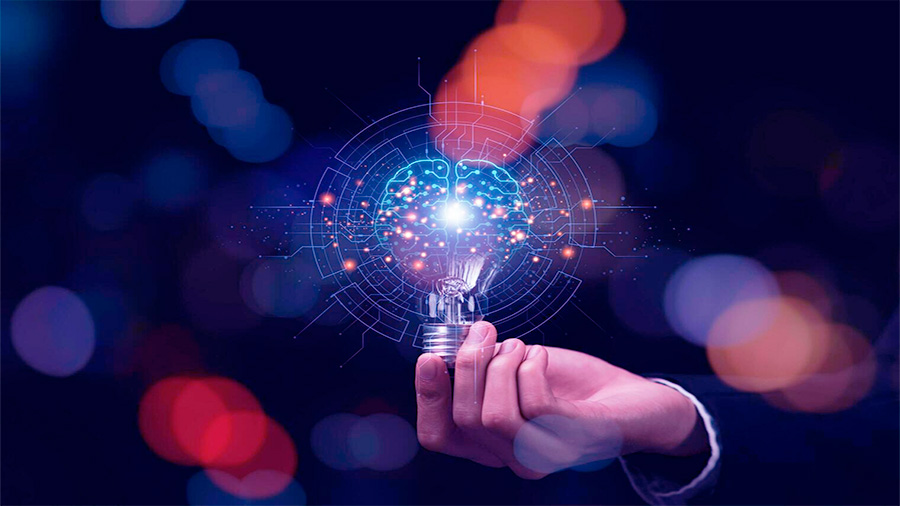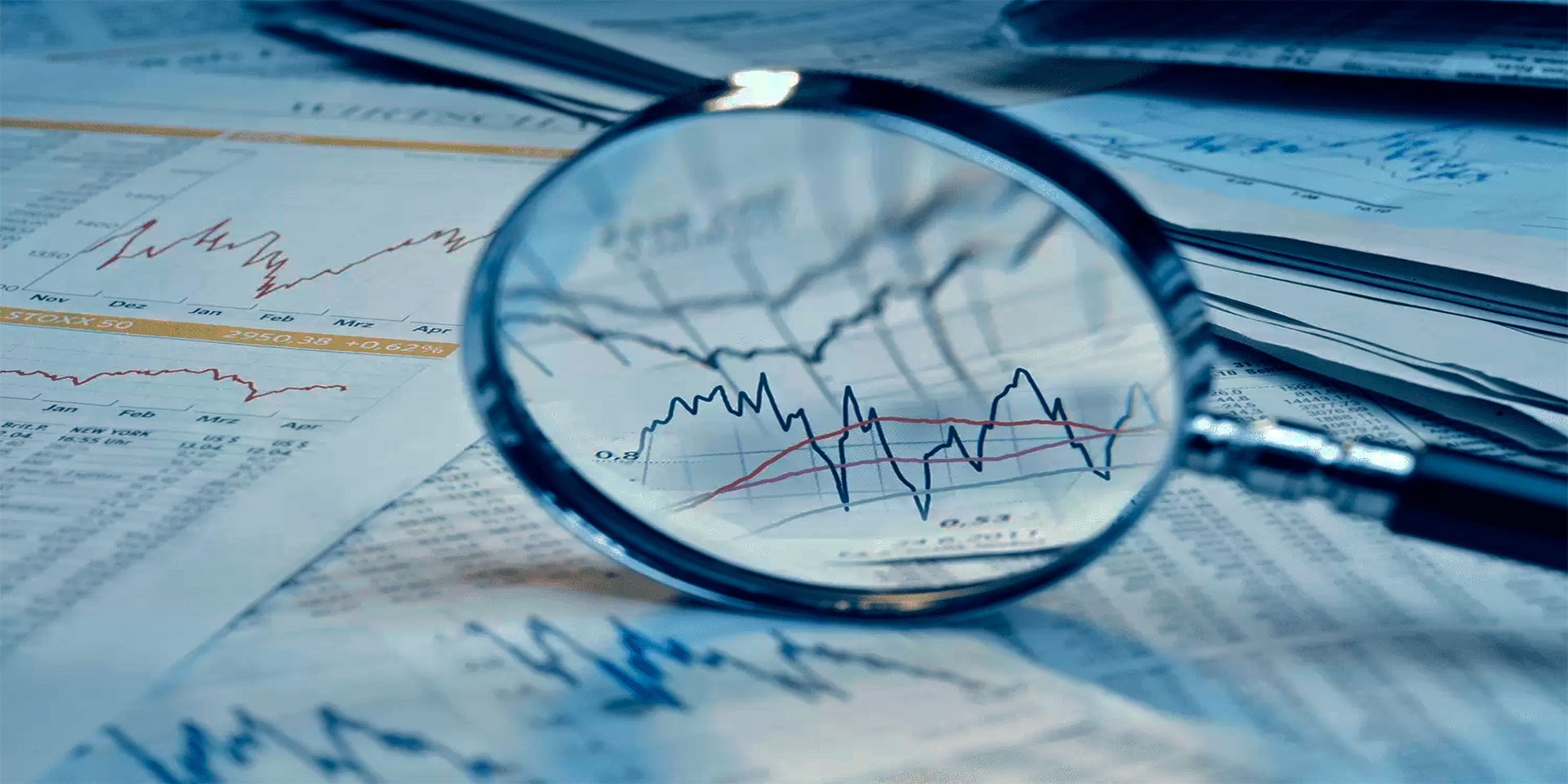Critical metals like titanium, lithium, and aluminum play pivotal roles in the evolution of modern economies. From powering industrial advancements to driving clean energy transitions, these materials influence global markets and redefine economic strategies. Their unique properties make them indispensable across sectors like aerospace, electronics, and renewable energy, while their rising demand underscores their significance in shaping economic policies. This article explores how these three metals drive industrial growth, fuel innovation, and impact global trade dynamics.
The Strategic Importance of Titanium in Industrial Applications
Titanium is renowned for its exceptional strength, corrosion resistance, and lightweight properties, making it indispensable in high-performance industries. Aerospace, medical implants, and industrial processes heavily rely on this metal to enhance efficiency and durability. Its unique combination of properties supports the development of advanced technologies while reducing energy consumption and operational costs.
For example, titanium alloys are widely used in aircraft construction, where their lightweight nature improves fuel efficiency. In the medical field, titanium’s biocompatibility has revolutionized implant technology, enabling long-lasting solutions for patients. These applications highlight titanium’s critical role in advancing industrial capabilities and supporting sustainable practices.
Key Industrial Uses of Titanium
- Aerospace: Components for aircraft, spacecraft, and military applications.
- Medical: Implants, prosthetics, and surgical instruments.
- Industrial: Heat exchangers, desalination plants, and chemical processing.
Titanium’s versatility and reliability ensure its continued prominence in industrial growth and innovation.
Lithium: The Cornerstone of the Clean Energy Transition
Lithium has become a cornerstone in the transition to sustainable energy systems, thanks to its pivotal role in battery technology. From electric vehicles (EVs) to renewable energy storage, lithium-ion batteries provide the energy density, longevity, and efficiency needed to power the modern world. This growing reliance on lithium underscores its importance in driving economic transformation and reducing carbon emissions.
The global demand for lithium has surged in recent years, driven by the rapid adoption of EVs and renewable energy solutions. Major producers like Australia, Chile, and China dominate the lithium supply chain, creating intense competition and influencing global trade dynamics. Additionally, innovations in battery recycling aim to mitigate resource constraints and support circular economy models.
How Lithium Shapes Economic and Environmental Strategies
- Electric Vehicles: Powering the shift to sustainable transportation.
- Energy Storage: Supporting the reliability of renewable energy grids.
- Global Trade: Influencing geopolitical strategies and market trends.
Lithium’s role in shaping both economic policies and environmental initiatives solidifies its position as a critical resource for the future.

Aluminum: The Backbone of Modern Infrastructure
Aluminum is a cornerstone of modern infrastructure and industrial development. Its lightweight, recyclable, and durable properties make it indispensable across a wide range of applications, from construction to transportation and consumer goods. As economies expand, the demand for aluminum continues to grow, reflecting its versatility and importance in shaping industrial landscapes.
In the construction sector, aluminum’s strength and corrosion resistance are essential for creating long-lasting structures. In transportation, its lightweight nature improves fuel efficiency in vehicles, aircraft, and trains. Moreover, aluminum’s recyclability supports sustainable practices, reducing energy consumption and greenhouse gas emissions compared to primary production.
Applications That Highlight Aluminum’s Impact
- Construction: Windows, facades, and structural components.
- Transportation: Aircraft, vehicles, and high-speed rail systems.
- Consumer Goods: Packaging, electronics, and appliances.
Aluminum’s ability to meet diverse industrial needs ensures its continued relevance in driving global economic growth.
The Role of Global Trade in Shaping Critical Metal Markets
The trade of titanium, lithium, and aluminum significantly influences global markets and economic policies. These metals are integral to supply chains spanning multiple industries, from electronics to renewable energy. Countries rich in natural resources, such as Australia and China, hold strategic positions in the global trade of these metals, shaping market dynamics and geopolitical relations.
For example, China dominates the processing and production of aluminum, controlling nearly 50% of the global supply. Similarly, Australia is a leading exporter of lithium, while Russia’s titanium exports support aerospace industries worldwide. Trade policies, tariffs, and international agreements play crucial roles in stabilizing prices and ensuring equitable access to these critical resources.
Factors Influencing the Global Trade of Critical Metals
- Resource Availability: Geographic distribution and mining capabilities.
- Technological Advancements: Efficiency improvements in extraction and processing.
- Geopolitical Strategies: Trade agreements and economic sanctions.
Understanding these dynamics is essential for countries and businesses to navigate the competitive landscape of critical metal markets.

Technological Innovations Driving Efficiency and Sustainability
Advances in technology have revolutionized how titanium, lithium, and aluminum are mined, processed, and utilized. Innovations such as additive manufacturing and AI-driven mining improve resource efficiency while reducing environmental impacts. These technologies enhance the sustainability of critical metal industries, supporting the transition to greener economies.
For instance, AI-powered exploration tools optimize mining operations by identifying high-yield deposits, reducing energy use, and minimizing waste. Similarly, advancements in battery recycling technologies recover lithium and other valuable materials, reducing the need for virgin resource extraction. In the aluminum sector, energy-efficient smelting processes lower carbon emissions, making production more sustainable.
Technological Breakthroughs in Critical Metal Industries
- AI in Mining: Optimizing resource extraction and reducing waste.
- Battery Recycling: Recovering valuable materials from used batteries.
- Energy-Efficient Smelting: Reducing emissions in aluminum production.
These innovations not only drive industrial growth but also ensure that critical metals are utilized in an environmentally responsible manner.
The Economic and Environmental Implications of Critical Metal Demand
The rising demand for titanium, lithium, and aluminum has profound economic and environmental implications. On the economic front, these metals drive job creation, technological innovation, and industrial expansion. However, the environmental impact of mining and processing presents significant challenges that must be addressed through sustainable practices.
For example, the extraction of lithium from brine requires substantial water resources, which can lead to ecological imbalances in arid regions. Similarly, aluminum production is energy-intensive, contributing to greenhouse gas emissions. Addressing these issues requires a balanced approach, incorporating recycling, renewable energy, and stringent environmental regulations.
Balancing Economic Growth and Sustainability
- Economic Growth: Creating jobs and driving innovation.
- Environmental Impact: Addressing resource depletion and emissions.
- Sustainability Practices: Promoting recycling and renewable energy use.
By adopting holistic strategies, industries and governments can maximize the benefits of critical metals while mitigating their environmental footprint.
The Conclusion
Titanium, lithium, and aluminum are foundational to the development of modern economies. Their unique properties enable technological advancements, support industrial growth, and influence global trade. As demand for these metals continues to rise, sustainable practices and innovative technologies will be essential to ensuring their responsible use. Through strategic policies and global collaboration, these critical resources will shape the economic and environmental future of our world.




